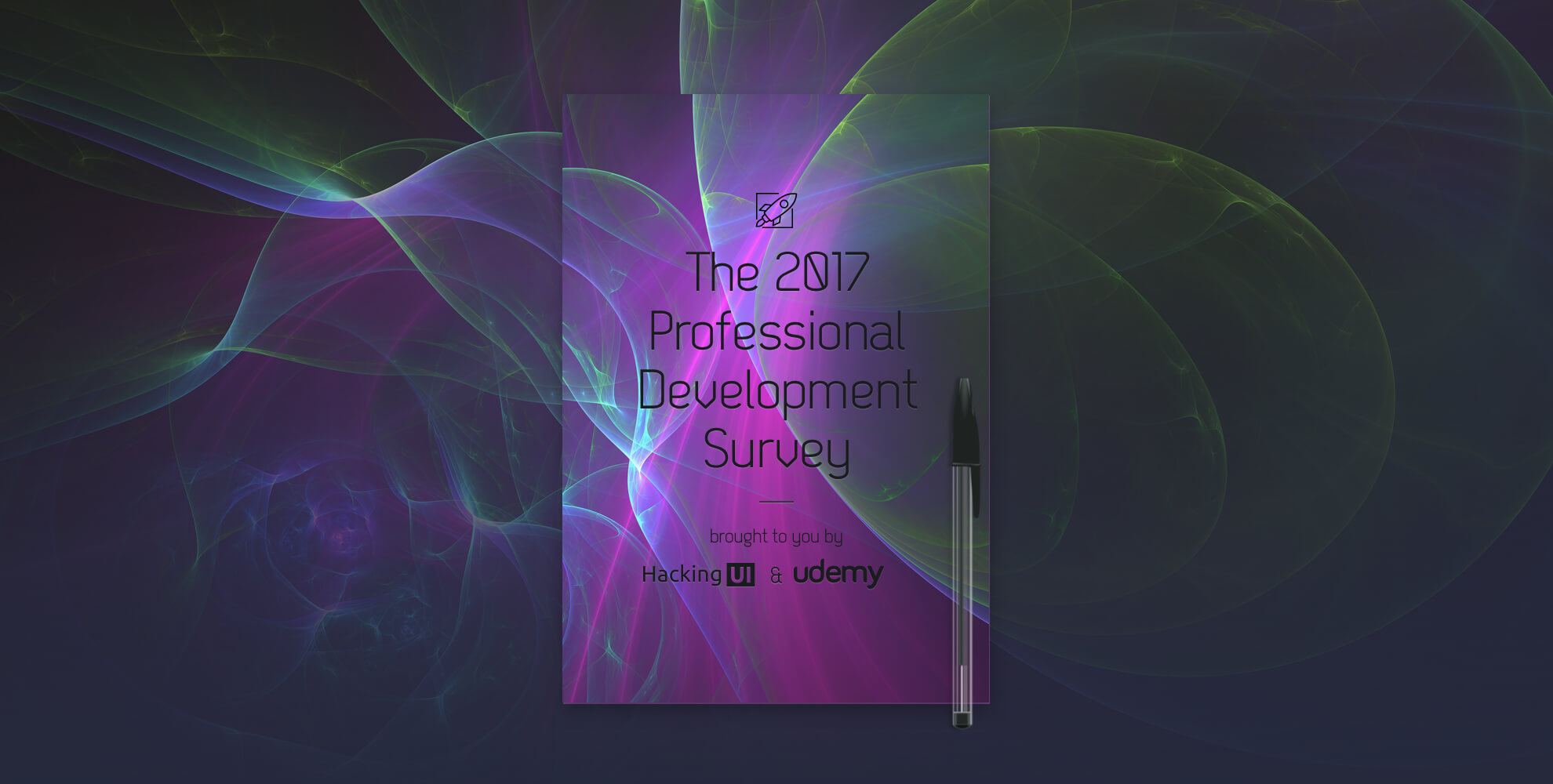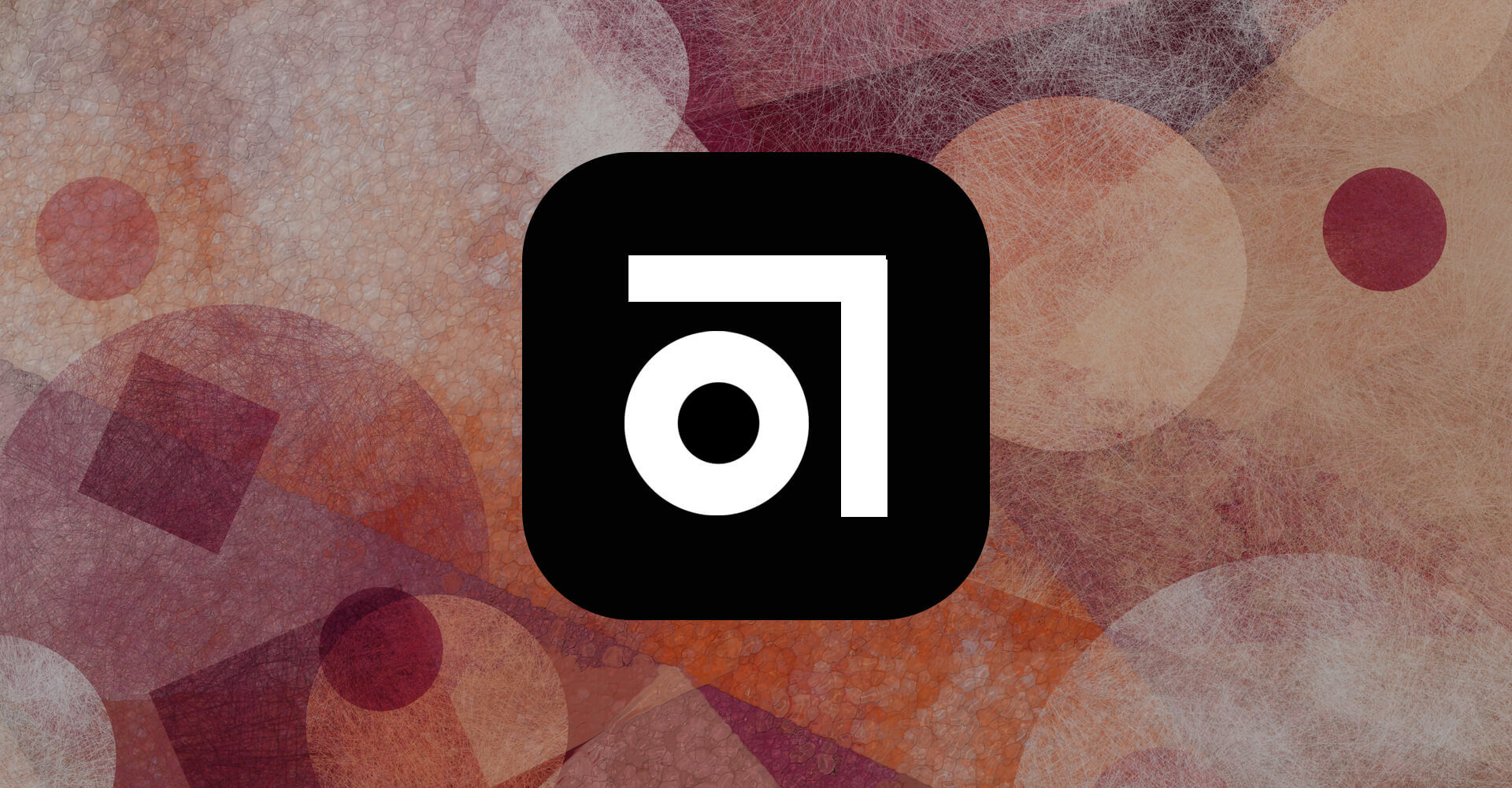Design practices – studios and companies with design teams – often ask designers to take on many roles: coding, research, usability testing, wireframing, visual aesthetics, and more. Smaller practices and startups must be conscious of resources. Yet, dedicated researchers are critical for growing design organizations to evolve.
A Dedicated Researcher
I’ll confess my bias upfront. I’m a dedicated researcher. I don’t engage in design. I don’t develop anything other than studies. I design and conduct studies to understand users’ attitudes, beliefs, and behaviors. I examine the user and the user experience (UX). I collect and analyze data as part of a team that includes designers, developers, project managers, researchers, and more.
If you’ve listened to my Hacking UI episode you know I believe good design teams include a dedicated researcher. I argue the need for practices to consider the benefits of dedicated researchers. Many design practices don’t have a dedicated researcher.
Your practice might have a researcher or research team. If so, this post will help reaffirm your decision. Please share this article with others considering having a dedicated research role.
A researcher is a critical design team member. A researcher works with their team throughout a project. I don’t engage in research without including my non-research peers. They help with conducting studies, analyzing data, and making recommendations.
Fully evolved design practices have research as a key role in every project. Practices making design decisions without data from research are making uninformed decisions. Hoa Loranger of the Nielson Norman Group explains, you aren’t doing UX if you aren’t doing user research. And many self-proclaimed UX organizations do not engage in enough user research. Design practices with a UX-focus must have dedicated researchers.
Why A Dedicated Researcher
Good design practices understand the value of research. Tom Bradley of Code Computerlove wrote a Creative Review post on the importance of research in the evolution of digital design. When discussing what he looks for when hiring a designer, Bradley writes:
“They have to be resilient and self-aware because it’s natural that we can fall in love with our own creations and root for them in testing, looking for evidence to support why we think they are brilliant. We have to be prepared to be wrong, by looking carefully for signals that indicate what customers will really value most.”
I agree with this statement. And, I think it points to the need to have a researcher separate from the role of a designer.
We all are biased, particularly towards how we think others should use our product. Practices shouldn’t ask designers to serve as judge and jury of their own creations. A dedicated researcher is a neutral facilitator of the conversation between design creators and users.
Researchers have a unique skill set. Most user researchers have a background in social sciences (e.g. anthropology, human-computer interaction, psychology, sociology) or human factors. They are comfortable working with people and designing studies involving human participants. A good researcher knows how to match the proper method with the question you need to be answered.
Good researchers are comfortable with ambiguity. Your research will raise more questions as it answers ones you have. This is an uncomfortable feeling. A dedicated researcher helps you avoid analysis paralysis, the inability to move forward because you keep wanting to go back to the data to answer questions, rather than moving forward with recommendations. Researchers reach a level of comfort with translating data into actionable recommendations. You can examine the outcome of these recommendations to judge a researcher’s performance.
A dedicated researcher allows your practice to proactively ask and answer questions. Your researcher has the ability to work on many projects at once. Also, a dedicated researcher can look at questions across projects. For example, your researcher might notice common onboarding problems for new users across your clients. She can design a study to examine similarities and differences between these users and your clients’ onboarding experiences. Your design team could use the findings to create an onboarding experience as effective for a bank as it is a hospital, or social media application, with minor tweaks.
Dedicated Research and the Fully Evolved Digital Practice
A dedicated researcher is required for a fully evolved design practice. Particularly if you call yourself user-focused. You cannot say you have a focus on the user if you don’t have someone (or a few people) focusing on users.
Research is an inherent part of design and development. You identify opportunities, needs, and solutions through research. You test the effectiveness of your solutions through research. Practices display maturity through research and evaluation of their work. A dedicated researcher reflects a practice’s goal to learn and improve.
Dedicated researchers focus on designing and carrying out studies across many projects. You dilute designers’ abilities to focus on what they do best when you ask them to take on tasks related to the logistics of a study. A typical study includes the following activities:
- Identifying the question(s)
- Developing a research protocol
- Screening and recruiting participants
- Collecting data
- Analyzing data
- Making data-based recommendations
- Reporting findings to stakeholders
You can see this is a lot to add to the already full plate of most designers. Designers should play an active role in the research process. But we should not expect them to carry the burden of the load. An experienced researcher can carry out these tasks with lightning-quick speed.
A dedicated researcher works across projects. A researcher, or team of researchers, can take part in many projects at once. You can include research in each of your projects when you have a dedicated researcher. Clients will expect, and appreciate, the insight research and evaluation provides the team.
Design practices often reflect concern over the cost of research. You will spend time and money on research. Evolved practices understand research is a service you can sell stand-alone or as a package with other services. Practices with research capabilities offer clients unique services. You can test their current products. You can generate ideas and identify opportunities. You can engage in usability testing of the designs they are considering. I frequently work on projects with clients who have design or UX teams, but not researchers.
Research is the foundation of the “stack,” to use development terms. Design projects should start and end with research. Evolved design practices build their design on top of a foundation of research. A dedicated researcher provides continuity throughout the stack. A dedicated researcher has the ability to step back and look at the pieces of a project as a whole. A mature practice understands how research informs each step of their process.
Your research findings become the connection between project team members, clients, and other stakeholders. I have found research starts and continues conversations throughout a project’s lifecycle. Clients discuss research as a way to connect with our team and show their interest. For example, asking about how our design accounts for a theme that emerged from our interviews.
You can make research part of your public-facing conversation. A researcher should have an interest in sharing their work with others. Researchers enjoy presenting at conferences and writing papers, blog posts, and books. You show potential clients and staff you value research when you make these materials available. A dedicated researcher and research-driven projects become a differentiator when pursuing a competitive project. You show other design firms you have an edge if they do not have a dedicated researcher.
What Researcher’s Do (and don’t do)
We need to define our researcher’s role as well. I’m not advocating we hand over all designers’ duties to researchers. Otherwise, we could rename designers “researchers” and that would address my case. You need to define what researchers do. This allows designers to excel at what they do best.
A researcher advocates for users based on data. A researcher does not argue for only one solution to a usability issue. Designers are creative. Designers love to solve problems using the tools of design: maps, sketches, wireframes, concepts, and prototypes. Researchers don’t wireframe solutions to present to designers – designers wireframe solutions. Researchers work with designers to layout and visualize recommendations as wireframes and concepts.
A researcher is part of the conversation. A researcher is not the only voice in the conversation. Researchers don’t prevent designers from using their creativity to solve problems.
Researchers encourage designers’ creative problem-solving and push for the best product. Researchers test the potential solution to make sure it addresses the problem. If it does not, researchers collect more data to inform design decisions. Designers use the research to continue iterating on a solution.
Researchers work with designers to ensure the design tells the story research has identified. Your researcher sets up the argument for your solution. Your designer finishes the argument.
You need to include development throughout this process as well. You should not present your developer with a surprise once research and design are complete. Experienced researchers facilitate the conversation between disciplines throughout the design process. I have been guilty of leaving my developer colleagues out of the conversation early on in the research phase of a project. The best way I’ve found to avoid this is to invite developers to research planning meetings. I let them participate in the process from the beginning. Your process and product benefit from ensuring everyone’s involvement from the beginning.
When Should Practices Invest in a Researcher
You should have a researcher from the start. Researchers are as important as designers if you practice UX design. You should use a dedicated researcher from the moment you want to call your practice user-focused.
My central argument is fully evolved practices need dedicated researchers. If you haven’t made a dedicated researcher part of your team, you can test the waters. Include a researcher on a project you wouldn’t usually have one. Many researchers offer their services freelance.
You should make a researcher part of your team if you want to offer research as a service. You will show potential clients you are serious about research. You charge clients based on your research experience and skills. Having a skilled researcher on staff projects confidence in your research capabilities.
I don’t recommend investing in a researcher if you aren’t committed to including or selling research as part of your process. You don’t need to have someone on staff you don’t plan to use.
I encourage you to allow researchers to engage in methods beyond usability testing. I’ve often seen the broad methods of user research boiled down into repetitive usability testing. I suggest using a researcher for everything from card sorting to contextual inquiry, to usability testing and UX assessments.
Your practice needs to consider your commitment to the role and the growth of your researchers and research team. Your practice must invest in dedicated research to fully evolve as an organization.
Conclusion
We let designers do what they do best when we dedicate researchers to crafting studies to answer difficult design questions. Fully evolved design practices need to commit to having a dedicated researcher, and involving research on all projects. A researcher is an initial expense but pays off in the long run. You will recoup your costs in project work sold, increased recognition/promotional opportunities, and better-informed design. Dedicated researchers allow design practices to project professionalism and maturity, and offer a full slate of services – key components of evolution.
More resources
How Digital Design is Evolving – Creative Review
UX Researcher: A User’s Manual
The Benefits of a Dedicated User Researcher





